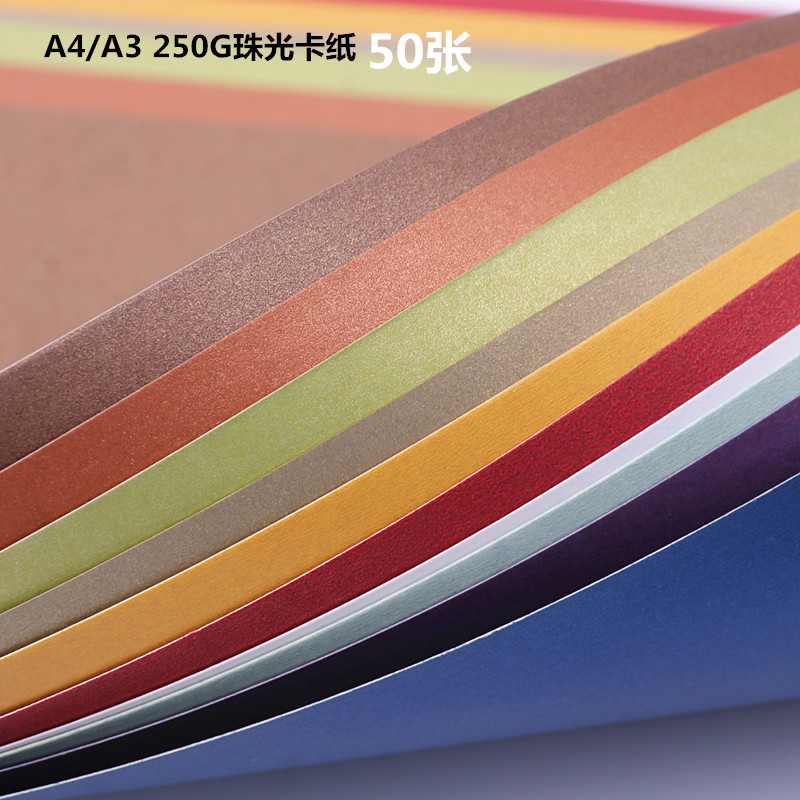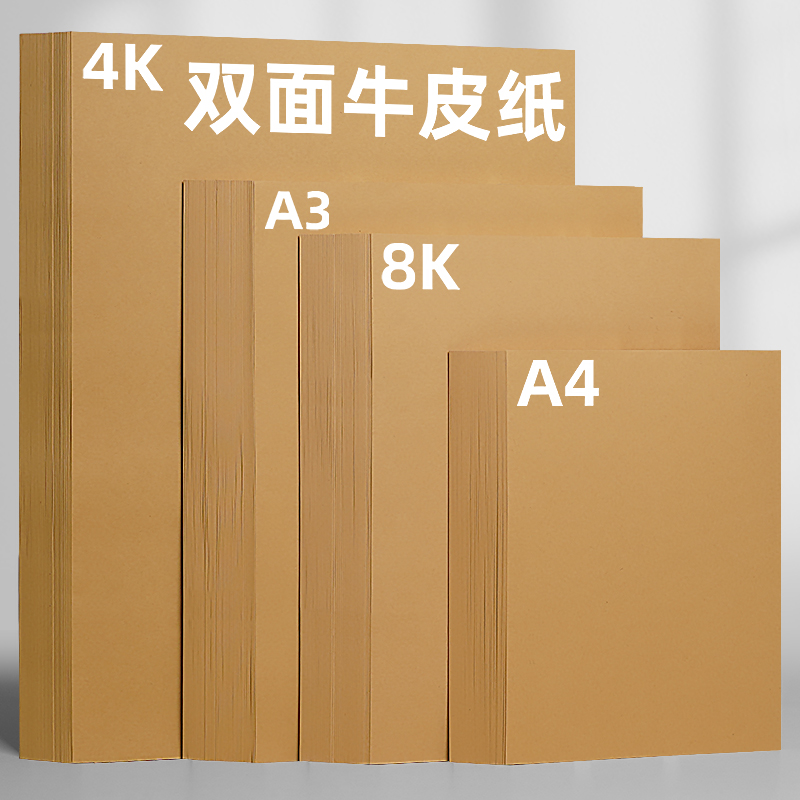"办公卡纸的常见问题及解决方案"
尕枯非生
2024-10-18 00:00:58
0次
办公卡纸的常见问题及解决方案
一、常见问题
1. 卡纸现象
卡纸是办公室打印中常见的问题之一。当打印机或复印机在进行打印或复印工作时,纸张会卡住无法正常工作。这不仅会导致工作进度延迟,还可能损坏机器设备。
2. 纸张质量不佳
一些质量不佳的办公卡纸由于厚薄不均、质地较差等因素,容易造成打印模糊、印刷不均匀或易破裂等问题,严重影响打印效果和文件质量。
3. 打印文件错误
打印文件出现排版错误、字体大小不统一等问题时,很可能会引发卡纸现象。另外,某些特定文件的内容也可能会导致卡纸,如大量图片或复杂排版等。
二、解决方案
1. 针对卡纸现象
(1)定期清理打印机和复印机:定期清理打印机和复印机内部的灰尘和杂物,保持机器内部的清洁,可以有效减少卡纸现象的发生。
(2)正确放置纸张:确保纸张整齐地放入纸盒中,并遵循设备的使用说明进行操作,避免因纸张摆放不当导致卡纸。
(3)使用高质量的纸张:选择质量好、厚度均匀的纸张,避免使用劣质纸张。 2. 针对纸张质量不佳 (1)选择正规品牌:购买正规品牌、质量有保障的办公卡纸,避免使用劣质纸张。 (2)注意纸张的保存:在保存办公卡纸时,应避免阳光直射、潮湿等环境,保持干燥通风。 3. 针对打印文件错误 (1)仔细检查打印文件:在打印前仔细检查文件的排版、字体大小等,确保文件无误后再进行打印。 (2)优化文件排版:对于含有大量图片或复杂排版的文件,可以尝试优化排版,减少卡纸的风险。 Office Paper Jams: Common Issues and Solutions I. Common Issues 1. Paper Jams Paper jams are one of the most common issues in office printing. When a printer or copier is working, papers can get stuck, causing a disruption in the workflow. This can not only delay work progress but also damage the machine. 2. Poor Paper Quality Due to factors such as uneven thickness and poor texture, some low-quality office papers can cause issues like blurry printing, uneven printing, or easy tearing, seriously affecting the printing effect and file quality. 3. Printing File Errors When there are typographical errors or inconsistent font sizes in a printed file, it may cause paper jams. Additionally, certain content in specific files, such as a large number of images or complex layouts, may also lead to paper jams. II. Solutions1. For Paper Jams
(1) Regularly clean printers and copiers: Regularly cleaning the interior of printers and copiers to remove dust and debris can effectively reduce the occurrence of paper jams. (2) Proper Paper Placement: Ensure that the paper is neatly placed in the tray and follow the instructions for using the device to avoid paper jams caused by improper paper placement. (3) Use High-Quality Paper: Choose paper with good quality and uniform thickness to avoid using inferior paper. 2. For Poor Paper Quality: (1) Select reputable brands: Purchase reputable and quality-assured office papers to avoid using inferior paper. (2) Proper Paper Storage: When storing office papers, avoid environments with direct sunlight or humidity to maintain a dry and well-ventilated storage area. 3. For Printing File Errors: (1) Carefully check printed files: Carefully check the layout, font size, etc., of the file before printing to ensure it is correct before printing. (2) Optimize File Layout: For files with a large number of images or complex layouts, try to optimize the layout to reduce the risk of paper jams.相关内容
热门资讯
办公室常见卡纸类型与优缺点比较
文章概述了办公室常见的卡纸类型及其优缺点比较,包括铜版纸、哑粉纸、艺术纸和皱纹纸。每种卡纸都有其独特...
打印机的得力助手:卡纸的挑选与...
本指南详述了卡纸种类选择、使用技巧及卡纸处理方法,强调了纸张厚度、质量及适用性的重要性,提供了正确装...
卡纸的质量标准及购买指南
卡纸常用于印刷和制作工艺中,其质量标准包括厚度、表面质量、颜色均匀度、强度和耐折度及环保性。购买时需...
卡纸——办公室里的得力小助手
卡纸是办公室得力小助手,具有基础打印功能、便捷性、多样性和可定制性,且环保。可作辅助工具,提高工作效...
为什么选择卡纸作为办公耗材?—...
卡纸因其耐用、清晰、环保和适用性广等特点,被广泛用于办公场景中。其高性价比和环保理念符合现代办公需求...
解析卡纸:如何成为高效办公的得...
摘要:解析卡纸在办公中是常见问题,但成为高效助手需掌握预防措施、快速解决技巧,并持续学习更新知识。通...
常见办公卡纸类型及优缺点分析
文章摘要:
办公卡纸种类繁多,各具优缺点。常见的类型包括复印纸、彩色卡纸、艺术纸、相片纸和硫酸纸。...
卡纸的多样应用:办公耗材的新思...
卡纸是一种常见办公耗材,具有多样应用和无穷创新潜力。可用于艺术创作、手工制作、教育及礼品包装等领域。...
办公必备:卡纸的种类、用途及选...
卡纸是常见办公用品,分多种种类和用途。选购时需考虑品质、品牌、规格、价格和环保等因素。正确使用和保存...
高效、环保的办公选择——卡纸的...
卡纸是坚固、光滑的纸张,具有高强度、耐用、环保等优点,适用于办公和工艺用途。其良好的打印效果、防潮防...



